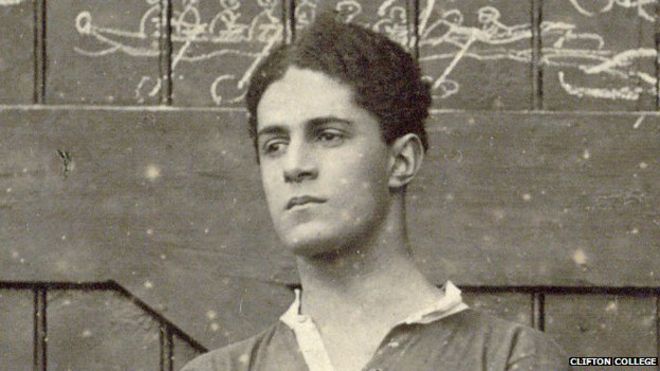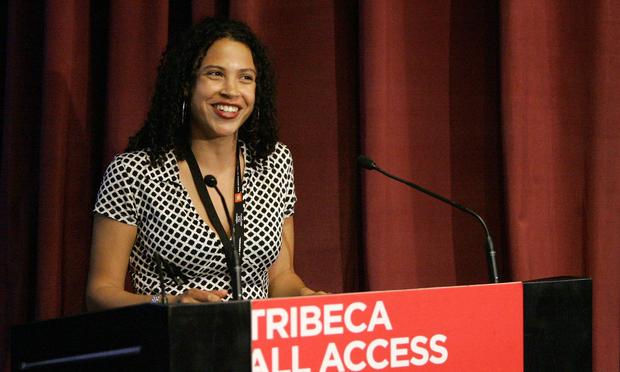Racial ReflectionsPosted in Articles, Book/Video Reviews, History, Media Archive, Passing, United States on 2015-04-23 00:28Z by Steven |
American Book Review
Volume 36, Number 2, January/February 2015
page 13
DOI: 10.1353/abr.2015.0007
Ben Railton, Associate Professor of English
Fitchburg State University, Fitchburg, Massachusetts
Hobbs, Allyson, A Chosen Exile: History of Racial Passing in American Life (Cambridge: Harvard University Press, 2014)
Even without a back-cover blurb from Isabel Wilkerson, it seems inevitable that Allyson Hobbs’s A Chosen Exile: A History of Racial Passing in America would be compared to Wilkerson’s The Warmth of Other Suns: The Epic Story of America’s Great Migration (2010). Both books focus on an American history with which we’re all vaguely familiar but know far too little of its specifics and complexities. Both works use the individual, intimate stories of American lives, families, and communities to consider these sweeping cultural and historical issues. And both are entirely successful in bringing their readers into those stories and histories, helping them understand American identities and communities in a way that perhaps no prior work has accomplished.
However, Hobbs’s most fundamental choice to structure each of her chapters around a different time period differentiates her book from Wilkerson’s in an important way. That is, most of the collective narratives of passing have focused on the same late nineteenth–through mid–twentieth–century time period that comprised the Great Migration—the period between, let’s say, Charles Chesnutt’s The House Behind the Cedars (1900) and the 1950s version of the film Imitation of Life (1959; a remake of the 1934 original), with James Weldon Johnson’s Autobiography of an Ex-Colored Man (1912) and Nella Larsen’s Passing (1929) marking significant stages along the way. Hobbs’s third and fourth chapters also focus on this period, but through her extended attention to all the aforementioned works and figures and many others (such as the pioneering turn of the century sociologist E. Franklin Frazier, who both analyzed and experienced these issues of identity; or the Harlem Renaissance poet and novelist Jean Toomer, whose writings and life complement each other to provide a rounded picture of passing in 1920s and 1930s), she urges the reader to better understand breadth and depth of the era.
But by the time Hobbs brings her readers to those chapters and that new look at a somewhat familiar time period, she has already provided an even more striking shift in our perspectives on passing through her first and second chapters. In those chapters, she narrates and analyzes the far different yet still interconnected histories and stories of passing in the pre-Civil War and Reconstruction periods, convincingly portraying the issue as one that has persisted and evolved alongside American society and culture throughout the centuries. Indeed, these earlier chapters expanded and challenged some of my most basic understandings of passing: it’s impossible to think of it as simply a choice between different possible identities and communities, for example, when considering the case of William and Ellen Craft, the fugitive slaves who used both racial and gender passing as a conjoined strategy to gain their freedom. Is passing a choice if it is necessary for freedom and even survival? If not, might that also help us see the necessities and even at times inevitabilities of twentieth-century acts of passing as well? Such are the kinds of questions prompted by Hobbs’s Chapter 1 investigation of antebellum passing.
These striking earlier chapters have another, corollary effect: they also force us to reexamine the time periods under consideration through the new lens provided by the issue of passing. Ever since Frederick Douglass highlighted in the first chapter of his Narrative of the Life of Frederick Douglass (1845) the prevalence of master-slave rape and thus miscegenation on plantations, we’ve had at least some collective sense of how arbitrary the racial categories and definitions by which the slave system was divided were—of why Douglass was defined as an African American slave while his father’s other children were free white men and women. But what Hobbs’s stories and analyses remind us is that, thanks to such racial mixing as well as many other factors, race was also a slippery, liminal category in the era—one that could be manipulated and altered in the right moments and circumstances. Successful manipulations were, no doubt, as rare as escapes such as Douglass’s, but, still, the existence of slave passing at all underscores the instability of race and other identity markers in…
Read the entire review here.





